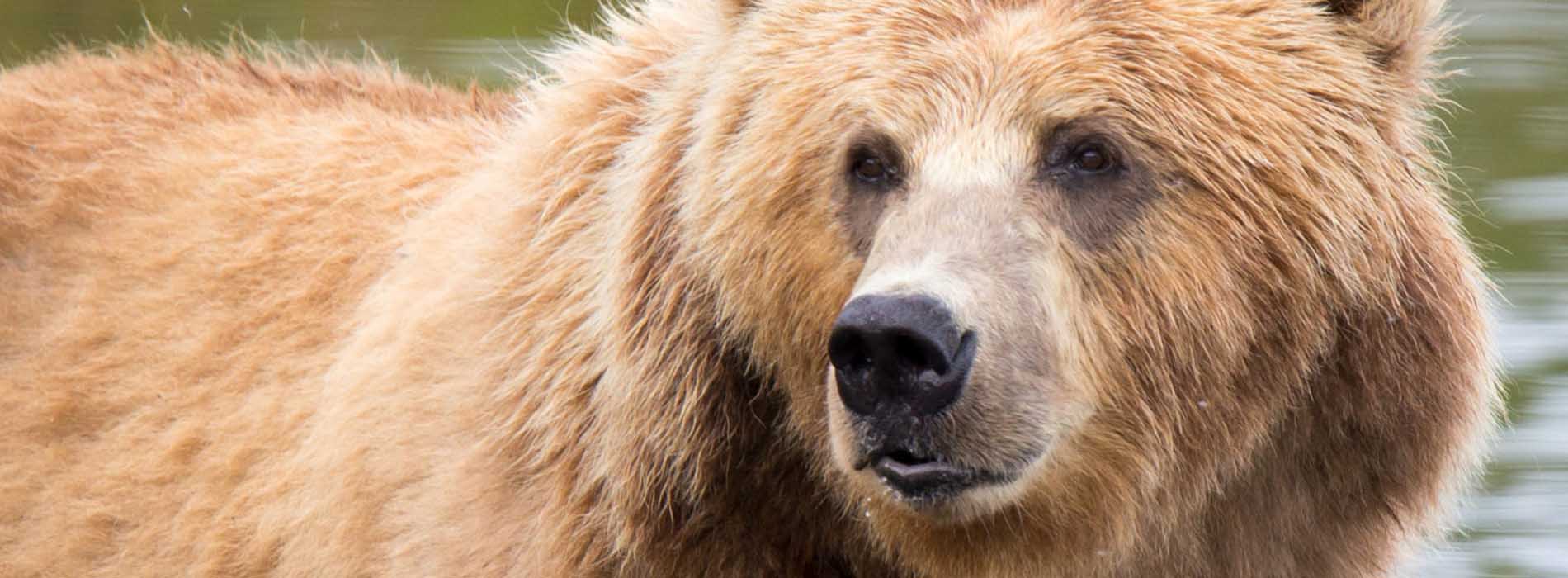Last Updated on October 9, 2017
This is a guest post from OutdoorHub, a leading publisher of news and advice for hunters, anglers and shooters.
Written by Daniel Xu, OutdoorHub
Wildlife is a large part of why so many people enjoy the great outdoors, but we must remind ourselves that in the wilderness, we are in their territory. Bears, wolves, and cougars may be a sight to behold from a distance, but up close they can be rather frightening.
This list will give you a basic overview on how to react to a wild animal encounter. Remember that the best way to avoid a potentially deadly situation is to prepare ahead of time. Learn what animals live where and when they are most active. Try to stay in groups and always have emergency supplies and a way to communicate with rescuers if needed. In the event of meeting a large and dangerous animal, try to stay calm and protect the younger members of the group.
If you should encounter a dangerous predator, notify wildlife officials as soon as possible. Animals that engage on a predatory attack on you may be a threat to others in the area. For the purposes of this list, we are focusing on some large—and not so large—North American predators. We have not included sharks or most other marine critters. Those will be saved for another list. The information here is gathered from wildlife experts and animal researchers working with state or federal wildlife agencies.
Never forget the golden rule: never intentionally feed or approach dangerous wildlife. As always, carrying bear spray, keeping an eye out for warning signs, and carrying a firearm where legal never hurts.
1. Alligator
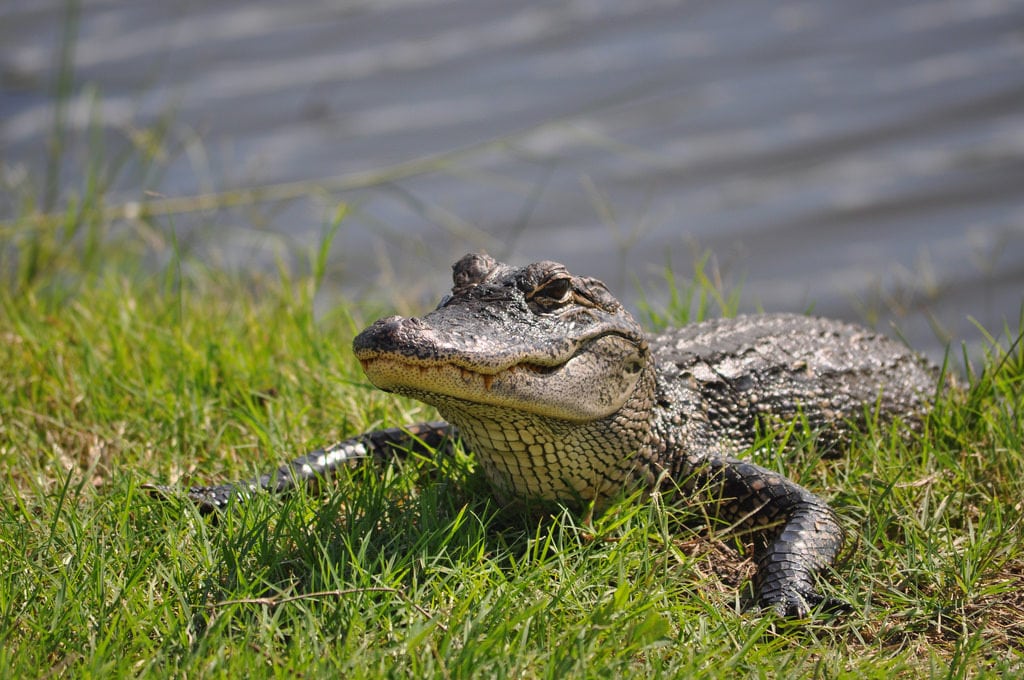
Despite their fearsome reputation, alligators are generally shy of people and may try to escape if encountered. That being said, never mistake one of these large reptiles for being slow. They may have been sitting in that pond for the last 10 hours, but when they decide to get somewhere in a hurry, they do. Alligators can run upwards of 35 miles per hour and can catch many people unaware. Thankfully, they rarely ever chase humans.
If you encounter an alligator:
- Stay as far away as possible.
- If you are on land, try to leave as quickly as you can. If it tries to attack you, run in a straight line away from the animal. Alligators are not usually pursuit predators and have little endurance for long chases.
- The myth of running in a zig-zag pattern to fool the alligator is exactly that: a myth. Avoid doing this.
- If you are in water, do not panic. Splashing or yelling only serves to make the alligator more interested in you since that is what their prey does. Swim under the water’s surface to minimize noise and try to reach shore.
- If the animal manages to grab you, forget trying to pry its powerful jaws open. Instead, trying attacking its eyes. The alligator may lose interest and let you go if injured.
2. Coyote
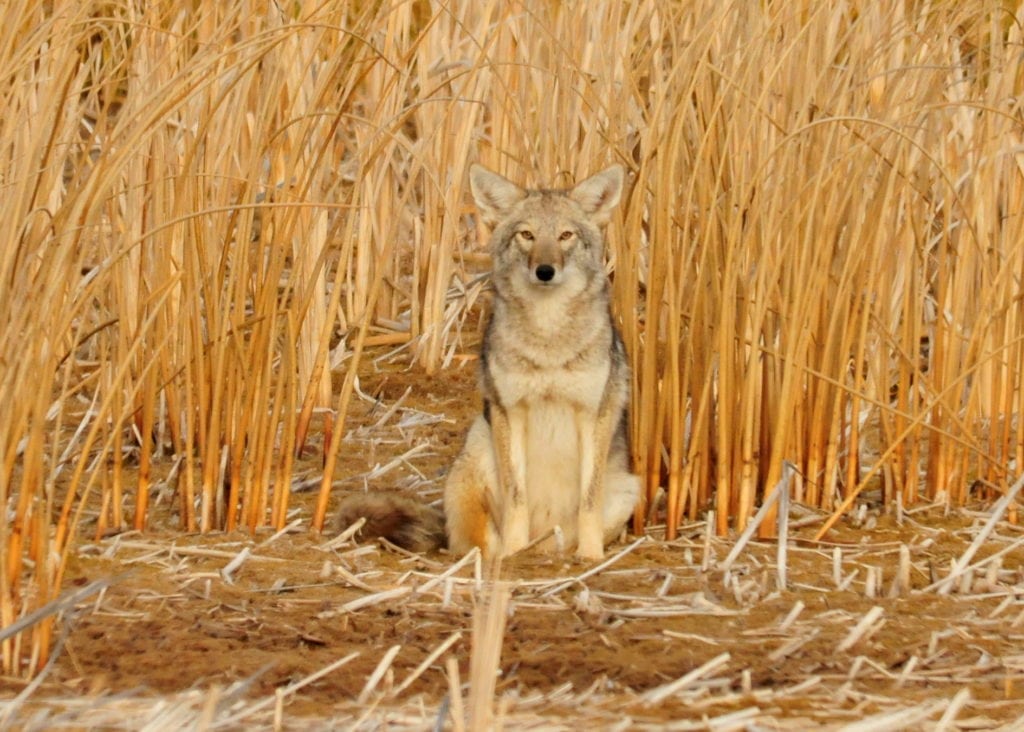
Coyotes are not generally thought of as dangerous critters, but you have a better chance of running into them than most of the other predators on this list. These small animals are generally easy to deal with and should not present much of a problem.
If you encounter a coyote:
- Keep your distance and observe the animal’s movements. Coyotes typically avoid larger predators, including humans.
- If it approaches you, try hazing it by clapping your hands, speaking loudly, or throwing rocks at it. Make yourself appear larger and wave your arms to intimidate it.
- If it continues to attack, back away slowly without turning away.
- If attacked, fight back. Coyotes are small predators and can be easily injured, so they will rarely seek a fight, especially if it is not in their favor.
3. Black bear
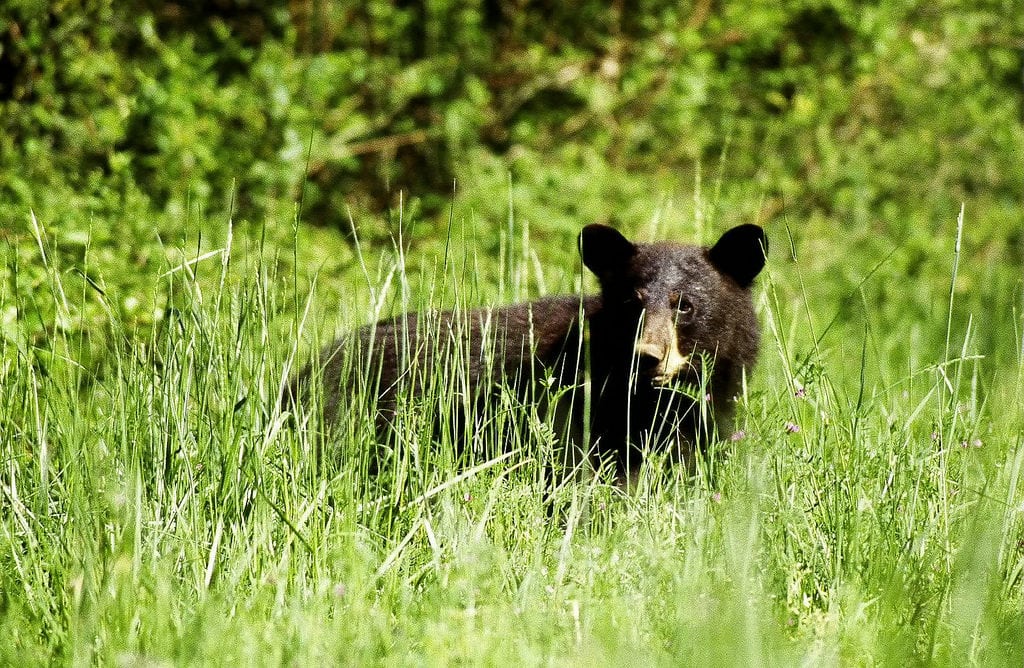
Black bears are the smallest bear species in North America, but also the most widely distributed. Unlike their much bigger brown cousins, black bears are known for being meek and much less aggressive, although they are still powerful creatures that can weigh up to several hundred pounds.
If you encounter a bear:
- Let it know you’re there by remaining still, waving your arms, and speaking loudly but calmly.
- Make yourself look as large as possible and move to higher ground.
- If it approaches you, move away slowly and at a sideways angle. If the bear follows, stand your ground. Do not climb a tree, as bears can easily climb up after you. Running is also a bad idea as many healthy bears are more than capable of outrunning humans.
- If you are attacked, try to escape to a secure place if possible. If not, fight back by hitting the bear in the face and muzzle. Use whatever weapons you can find, including sticks and stones. Black bears lack the stomach for fierce fighting and sometimes do not have the brute strength to completely overwhelm their victims. Unless it is a very large and very determined bear, you stand a good chance of fighting it off.
4. Gray wolf
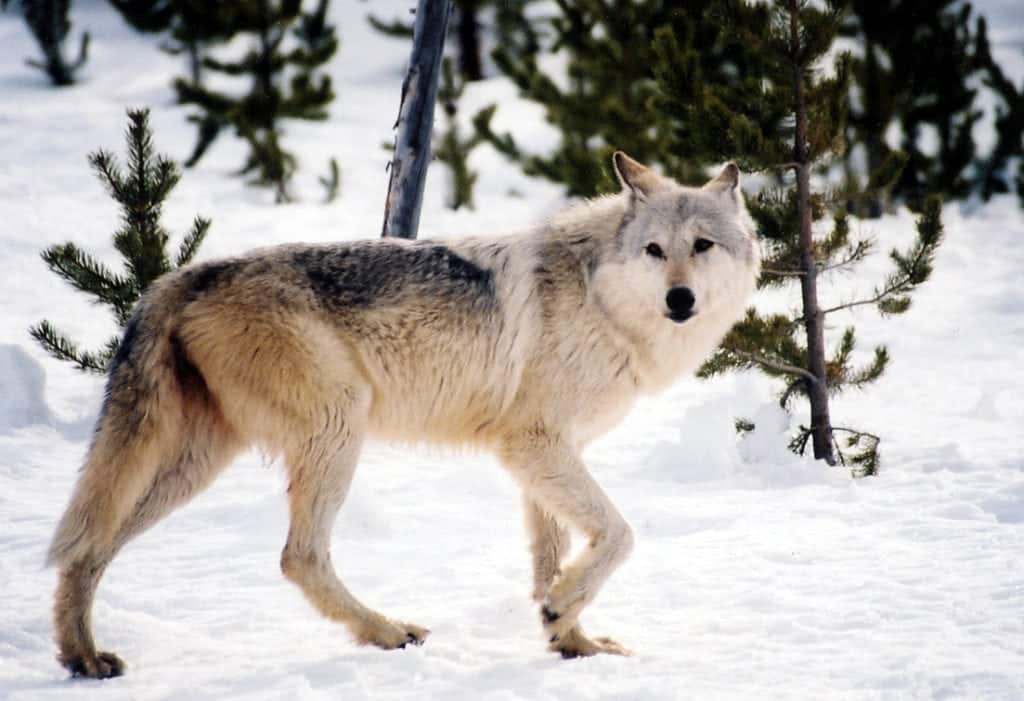
Wolf attacks are among the rarest on this list, but are also among the most dangerous. This is because if you run into a wolf in the wild, you will likely face more than just one. Fighting off a lone wolf is already dangerous enough, but a pack of the predators is a force to be reckoned with.
If you encounter a wolf:
- If you see it but it doesn’t see you, walk away silently. Unlike with bears, you do not want a wolf to know you’re in the area.
- If it notices you, avoid eye contact or barring your teeth. These will be seen by the wolf as a sign of aggression. Continue to back away slowly without turning your back on it. Some experts advise showing submission by lowering your head and bowing slightly, but other experts say that wolves can misinterpret this as fear.
- If the wolf begins snarling or snapping its jaws, shout at it. Make yourself look as big as possible and throw rocks at them.
- In the event of an attack, do not fight back unless absolutely necessary. Wolves are powerful animals and even a small pack is more than enough to handle you. Instead, try curling into a fetal position and covering your head and neck. You may not be able to leave unscathed, but hopefully the wolves will leave you alone after a few bites.
- If the wolves continue to attack, fight back. Like with most animals, the most effective places to hit it are the face and nose.
5. Rattlesnake
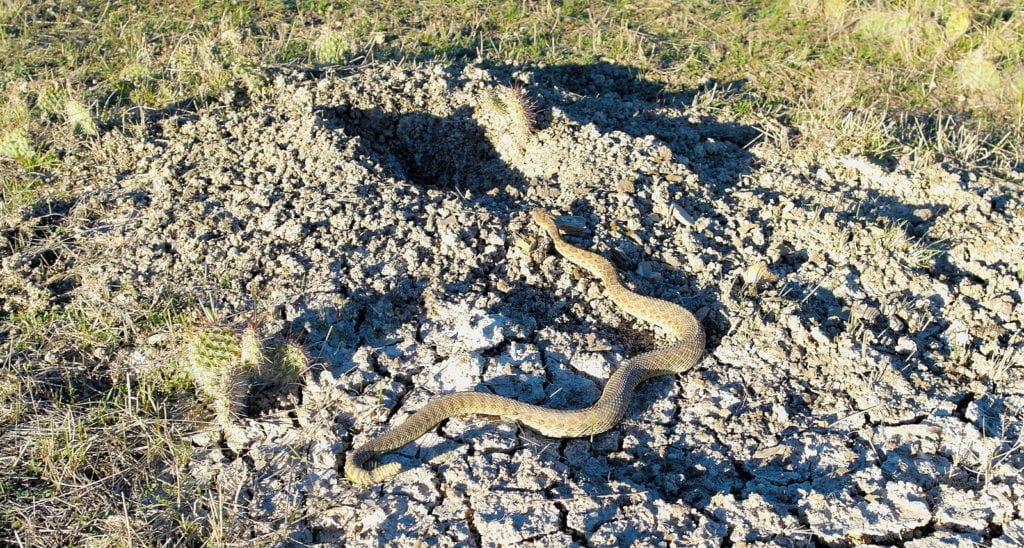
There are plenty of venomous snakes in North America, but by far the most dangerous are rattlesnakes. Once again, the best way to avoid putting yourself in harm’s way is proper preparation. Learn how to identify dangerous snakes and where they live, what time of day they are most active, and keep an eye out for local advisories. Make a lot of noise when traveling so the snake is not surprised by your presence.
If you encounter a rattlesnake:
- Freeze, locate the snake, and move away slowly with no sudden movements. It’s really as simple as that.
- If you are bitten, remain calm and call for help. Avoid moving much if possible and keep the bite wound at or below heart level. Remove any constrictive clothing and clean the wound. Apply a loose bandage to the wound if possible but avoid cutting off circulation. If left concentrated, the venom can result in severe tissue damage. Try to get to a hospital as soon as you can. Do not attempt to extract the venom using your mouth.
- If you are bitten and cannot summon help, follow all the above steps and attempt to reach help as fast as possible. Some experts do suggest using the controversial method of sucking out venom with your mouth, but only if you are too far away from assistance and your mouth is free of cuts or sores. A venom suction device may be more useful in this regard.
6. Yellow jacket
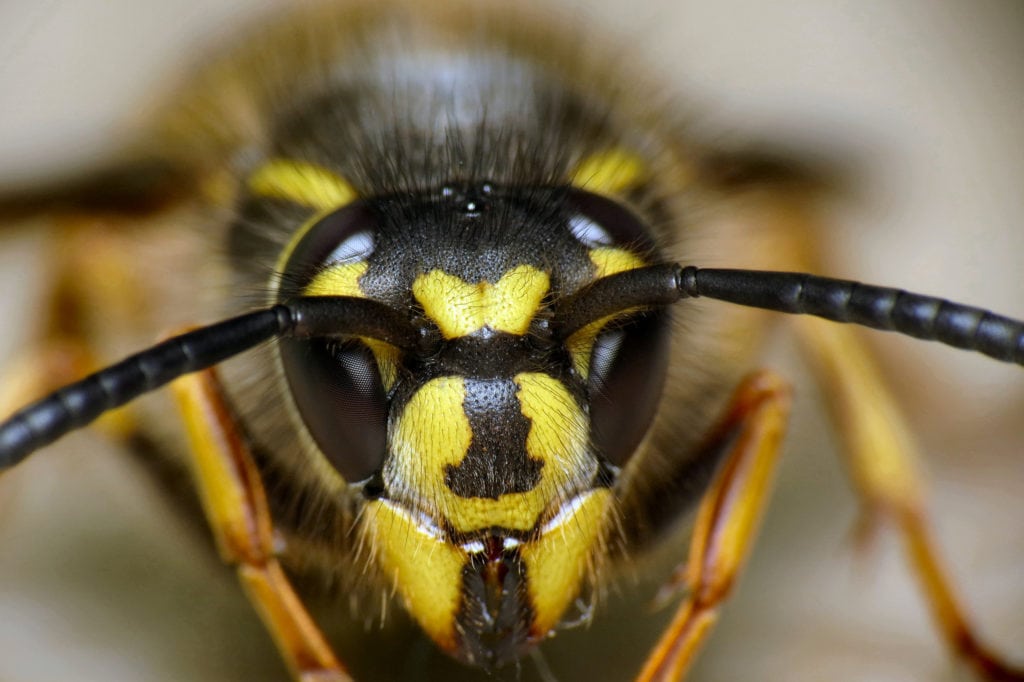
These predatory wasps may be the smallest animals on this list, but that does not mean they are the least dangerous. They are also attracted to the sugary drinks we humans love.
If you encounter yellow jackets:
- Move slowly and stay calm.
- Do not antagonize the insects if possible. Killing a yellow jacket may cause others in the area to attack you and, unlike bees, yellow jackets can sting you multiple times. If you leave slowly without agitating them, they may let you go peacefully.
- If you’re being stung by multiple wasps, consider simply running as fast as you can.
- There have been reports that running into water may not help. If you are close enough to their nest, yellow jackets may simply wait until you come out. Instead, try simply outrunning the bugs. They do not want to chase you across half the state, after all.
7. Mountain lion
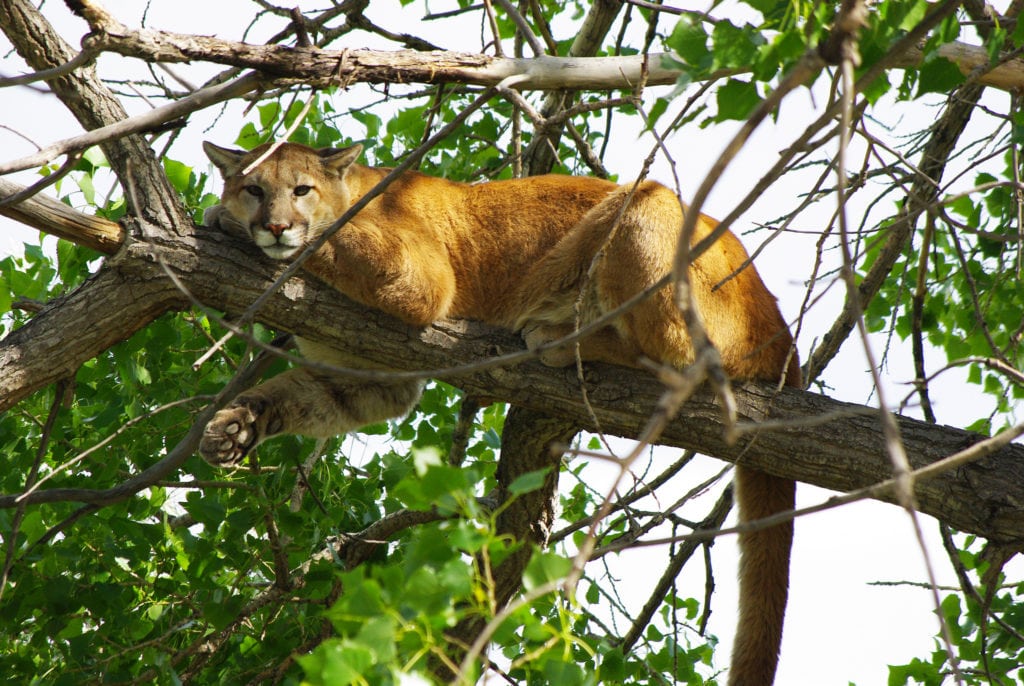
There are few things as unnerving as being stalked by a mountain lion, but the real trouble starts when the cat shows itself. Cougars are the largest of North America’s wild cats and it is not unknown for these animals to stalk and attack humans, especially hunters carrying meat.
If you encounter a cougar:
- Stand your ground and identify yourself by speaking loudly and waving your arms. You want to make sure the cougar understands you’re not prey.
- Throw rocks and sticks at the cat. Make yourself appear large and dangerous.
- If the cougar approaches you, begin backing away slowly without turning away. Running will only make the cougar want to chase you.
- In the rare event that it attacks you, fight back as aggressively as possible. Small cougars can be fought off by striking it in the face, but larger cats may be much more dangerous. Once again, use whatever weapons you have to fend the animal off.
- Cougars may target the younger or smaller members of your group. Try lifting them off the ground so they appear larger.
8. Brown bear
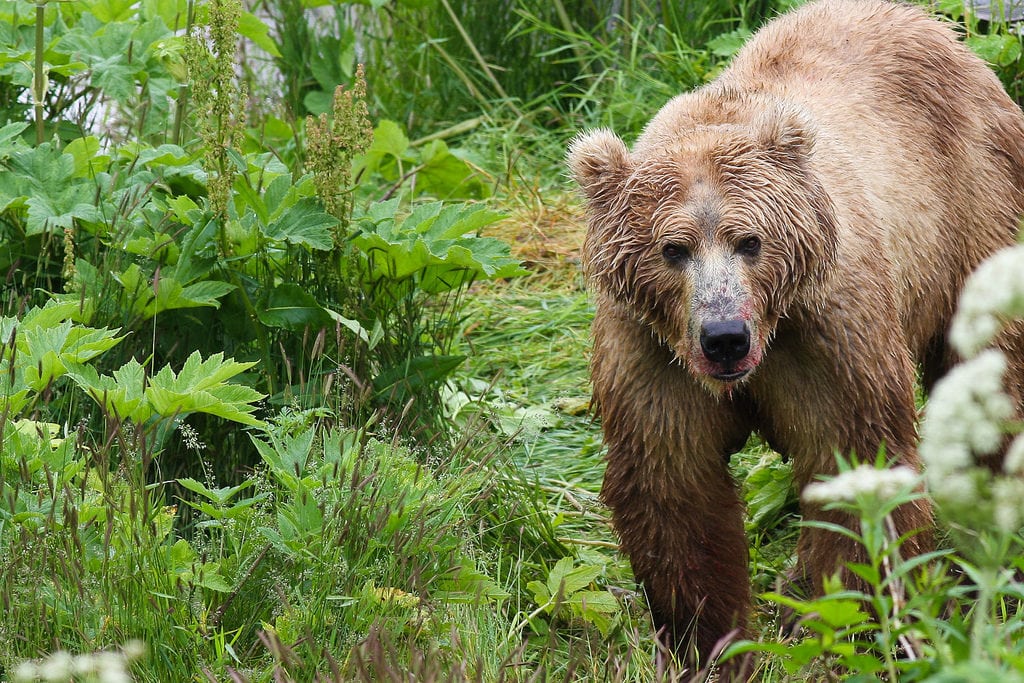
Brown bears and polar bears are tied for the single most powerful land predator in North America. Unless you’re near the Arctic Circle you won’t usually run into too many polar bears. Brown bears, on the other hand, including the notorious grizzly, are a constant danger for many outdoorsmen and women. These massive animals are essentially mountains of muscle armed with raking claws and sharp teeth. If you find yourself ambushed by a brown bear, you’re either going to have a story you can tell for the rest of your life—or you won’t.
If you encounter a brown bear:
- Identify yourself by speaking loudly and waving your arms. Attempt to back away slowly while moving sideways if it approaches you. Do not run.
- Learn beforehand the difference between a real charge and a bluff charge. A bluff charge is to simply test your ability to stand your ground, and the bear may leave afterwards. A real charge is when the bear is actively trying to kill you.
- Brown bears are incredibly strong. Unless you are facing a young or smaller brown bear, there is little chance of you winning a fight against it. If it does attack you, try to get into a fetal position and protect your head and neck. Try to play dead if possible. Some experts say that a defensive brown bear will only swat at you a few times and then leave. Predatory bears, however, may begin trying to eat you. At this point, it’s time to fight for your life.
- As with all wild animal encounters, your best bet is to have either a can of bear spray or firearm ready. Experts say that bear spray generally tends to be less of a risk than shooting the bear. After all, brown bears are formidable animals and certainly capable of disemboweling you even after suffering a fatal wound.
Visit OutdoorHub for more news, advice and reviews about hunting, fishing, shooting and other outdoor pursuits.
